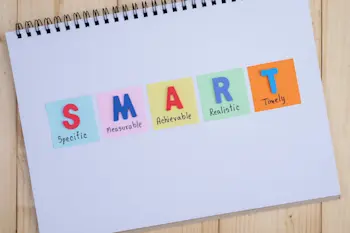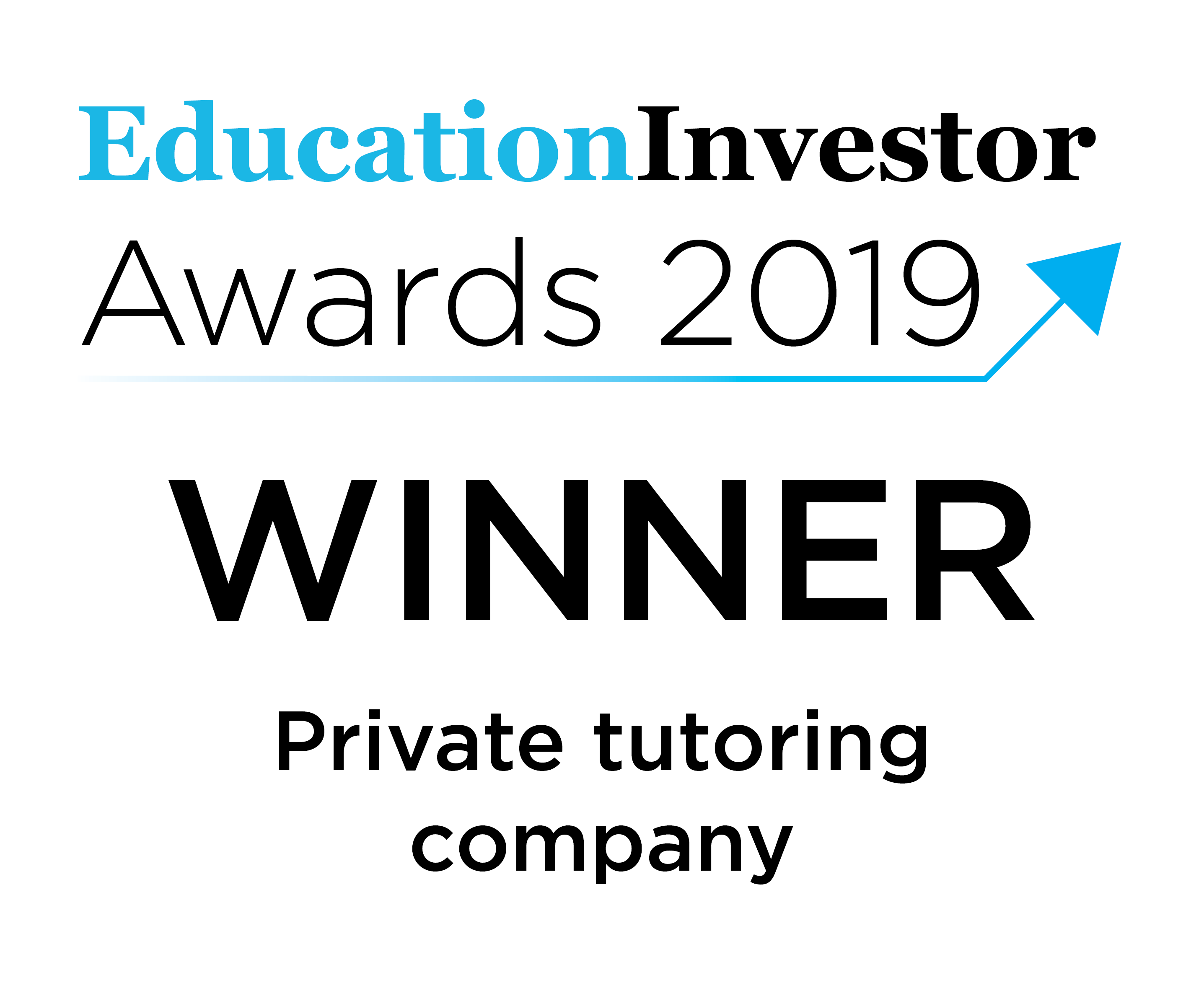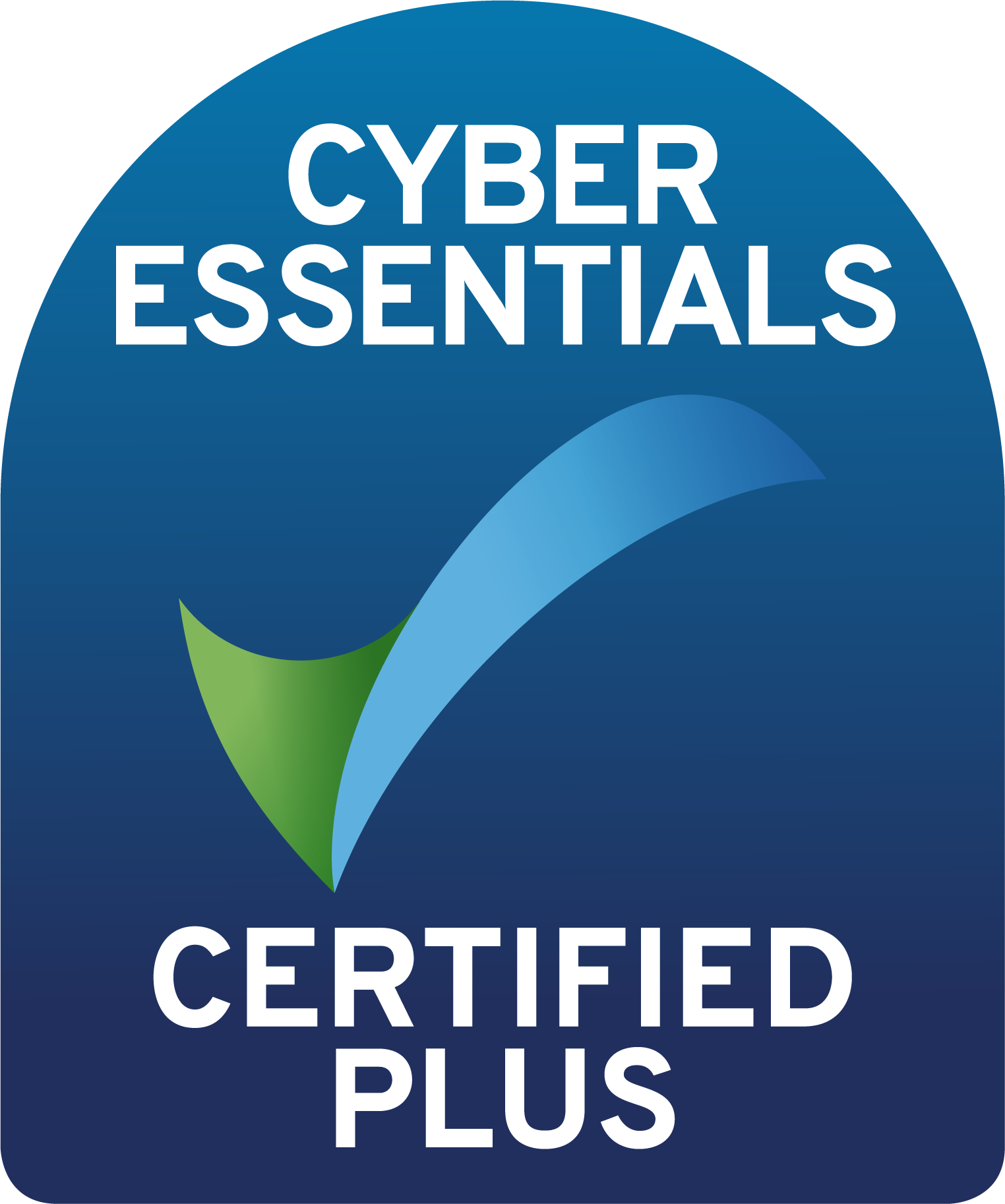SMART target setting template: New year, new goals

Lots of us will make resolutions for the new year, but come the end of January how many of us will have stuck to them?
One way to ensure success is to try SMART target setting.
We are so proud of what Explore Learning has achieved last year! We couldn’t have done this without setting ourselves some ambitious goals. Encouraging your child to set goals, no matter how small, can be a great way to help them focus on what they want to achieve this year.
Support your child in creating a set of SMART goals that will boost their confidence, motivation and achievements for the school year ahead.
What are SMART targets in education?
You may have heard of the acronym SMART. It’s really useful to think about when it comes to supporting your child’s learning goals. It stands for specific, measured, achievable, relevant and timely:

Why do we use SMART targets?
SMART targets turn whimsical wishes into actionable goals and objectives. If you know what you want, how to go about it and when you want to achieve it by then you’re more likely to achieve it.
How to use SMART target setting
When you create a SMART goal you should be able to answer the following questions:
Specific – What are you actually going to do? Action verbs are useful to use.
Measured – How will you know you’ve achieved it? Put a measure in place.
Achievable – You need to stretch yourself, but also be realistic.
Relevant – Will achieving this have a positive impact on your life?
Timely – Be specific, give set timeframes and state what you will achieve by then.
What is a SMART target example?
A SMART target might look like this:
I will learn how to ride a bike by the end of March.
I will build a den in the garden by the end of April.
I will learn my 12 times tables by the end of the month.
I will finish reading the Harry Potter series before my Birthday.
Take note – these are all time-based goals! Goals can be things they want to achieve in the short or long term – they just have to be achievable! When students set goals themselves they are more likely to be motivated to succeed.

Get started with SMART goal setting
The New Year is the perfect time to start a new habit together. Did you know that goal setting is associated with a wide range of benefits? It is proven to:
Develop stamina and resilience when the going gets tough
Sustain a positive attitude
Take responsibility – for their learning and general behaviour
Manage distractions
Reduce procrastination
Prioritise effectively
Setting learning goals
In education, we know that students learn best when they see a purpose for what they’re learning.
In order to help your child set an educational goal it’s a good idea to start with some big questions.
What might happen if you do well in class this year?
Why does school matter?
What would your teacher like you to do?
How will you feel when you achieve those goals?
How will it help other people?
If your child can find a greater purpose behind their academic goals, you’re likely to see greater results from their goal-setting. Especially when the purpose is helpful to others as well as themselves.
Goals can be specific to a subject but you might also like to think about growth mindset and learning habits. At Explore Learning, we have found that children can achieve great success when we focus on a habit that will benefit them across all their subjects.
A learning habit might be:
Asking for help when you need it
Not being afraid to make mistakes
Taking your time to work out a problem
Staying engaged
Completing a number of activities before taking a break
What learning habits might help your child make a big academic change in 2022?

SMART action plan example
Let’s look at an example; you’ve had feedback from school that your child needs to concentrate more. If together you set a goal of ‘concentrate more’, you are unlikely to see any results. If you make your actions SMART you’ll have a better learning outcome.
Specific goal
Together, think about when they need to concentrate more. When listening to instructions? When writing, reading etc. Then think about a goal that will help one of the areas you have selected.
Measurable goal
How will you know you’ve achieved this? At home, you could use a tick chart to keep a record of how many times they have correctly concentrated on instructions and can summarise them to you. When they come out of a club or school, chat about how they focused on instructions.
Achievable
If concentrating when others are talking is hard, then this is a challenge for them, but it’s manageable. It’s tackling one area of concentration and won’t overload them.
Relevant
This target is relevant to the much larger goal of overall concentration. Think about doing things in stages. Once they have formed a habit of concentrating on instructions you can set a new goal, focusing on a different area that will positively impact their concentration.
Time bound
Select a reasonable time frame e.g. Summarise instructions either to someone else or to myself every day for one month. At the end of the month reflect on what is going well and what needs to be changed.
SMART goal setting doesn’t just work for children. Set your own to work on too!
SMART goals template
Get the year off to a great start with support from Explore Learning. You can start with downloading your free goal setting poster to complete with your child. Make 2022 the year that you reach your goal!
Why not book a free session to discover all the ways we can support you in making 2022 the best year yet!
Cancel anytime
No joining fee
In centre or online
Memberships to suit you
Cancel anytime
No joining fee
In centre or online
Memberships to suit you
Cancel anytime
No joining fee
In centre or online
Memberships to suit you




